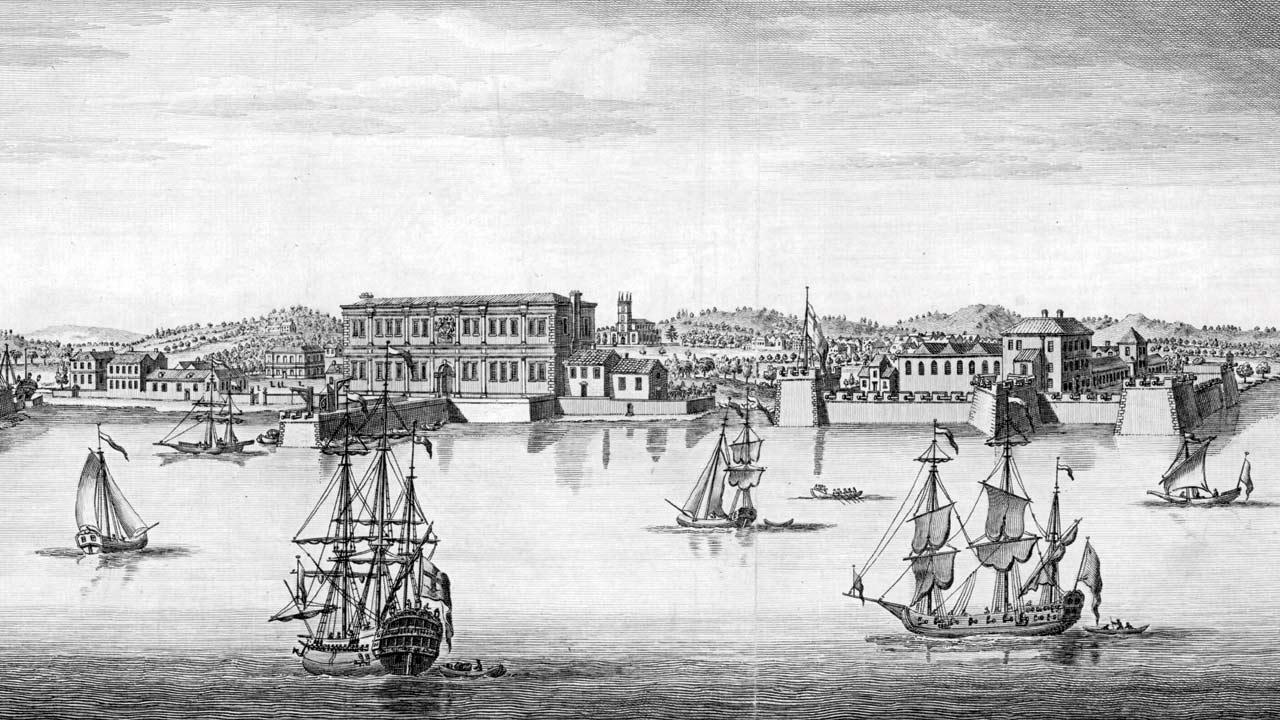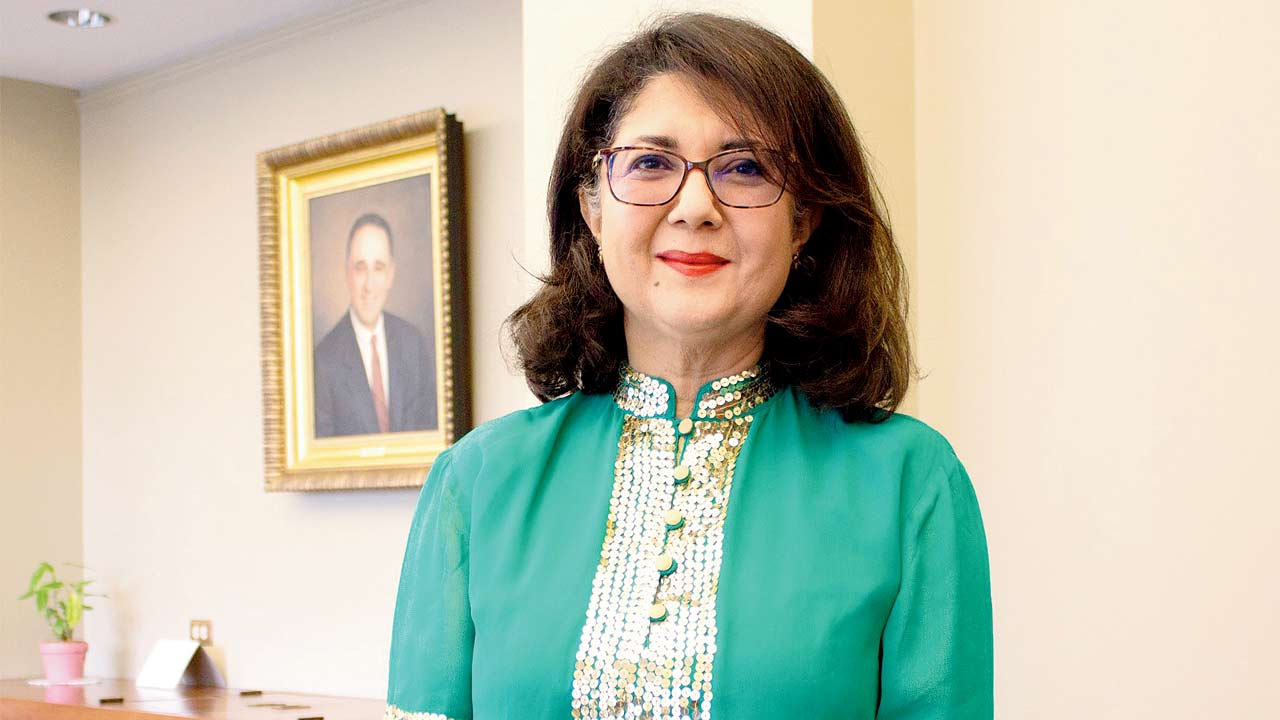At a panel discussion, author Sifra Lentin will dip into her research of the city’s trading past to discuss why it’s a perfect location for a financial SEZ

Bombay, circa 1754, East India Company of England’s port on the Malabar Coast of India, with Company trading vessels in the foreground and quayside warehouses and buildings behind. Pic/Getty Images
It was a 2007 expert committee report about making Mumbai an International Financial Centre (IFC), which first caught the attention of author-researcher Sifra Lentin. The committee headed by Percy Mistry, then chairman of the Oxford International Group, saw potential of making Mumbai a global city of enterprise, on the lines of London, New York, Hong Kong and Singapore. The report led Lentin to trace the international linkages of Bombay, which she felt could feed into this idea of the city as a suitable location for an IFC. The result is a just-released book, Mercantile Bombay: A Journey of Trade, Finance and Enterprise.
A Mumbai History Fellow at the foreign policy think-tank Gateway House: Indian Council on Global Relations, Lentin will share insights from her research at a panel discussion by Avid Learning. The panel, which will also include Dr Rashna Poncha, associate professor at the History Department, Sophia College; Bazil Shaikh, author and former central banker; and Mini Menon, author and co-founder and editor of Live History India, will discuss why immigrants and migrants chose Bombay, the many trade wars it survived and how merchant families helped the city transition into an important financial hub.

Sifra Lentin
Even while working on the book, Lentin was clear that she didn’t want to research the city’s colonial past. The hope was to delve into the external factors, which shaped its growth. Bombay, says Lentin, was a city built by the East India Company for trade, because they were insecure in Surat. “But the city wasn’t successful for the first 70-100 years of its coming into being. In fact, it was a very poor outpost in the beginning.” She points out that even though it was a port, Bombay did not have a hinterland. Several factors led to its rise. “And that’s where I started looking ‘outside in’ to explore what shaped the city.
Security played an important role. It built a naval fleet that was strong enough to not just combat local powers and piracy, but also one equipped for overseas naval expeditions,” says Lentin. Another aspect was Bombay expanding into a presidency, which “reached its apogee in 1936,” administering territories like Sind (in present day Pakistan), Aden (in Yemen) and external relations of Gulf nations. “For example in Zanzibar islands, commercial disputes involving Indian merchants, and American, European or British traders were brought before the English consular court there, and the appeal was heard in the Bombay high court. Bombay then was much larger than the seven islands. And all of this happened purely for the purpose of trade.”
At present, Mumbai alone accounts for 6.16 per cent of India’s GDP, and 70 per cent of capital transactions to the Indian economy. Lentin feels that the city would make for a perfect financial SEZ, because of its rich legacy, international trade, finance, politics and defence. “Even better is that this legacy is still alive and can be traced,” says Lentin, adding that her book makes a case for a city that’s bigger than what it is.
WHAT: Mercentile Bombay
WHEN: May 4, 6.30 PM-8 PM
WHERE: Essar House, 11 K K Marg, Mahalaxmi
RSVP: www.avidlearning.in
 Subscribe today by clicking the link and stay updated with the latest news!" Click here!
Subscribe today by clicking the link and stay updated with the latest news!" Click here!










